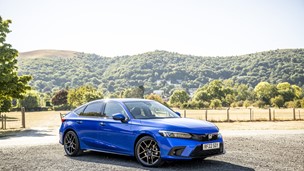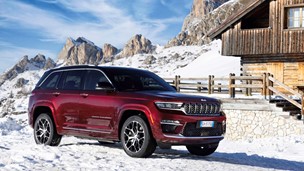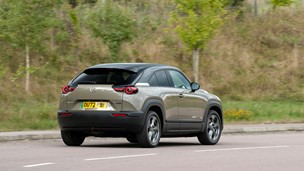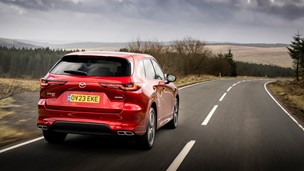Although UK enthusiasm for them is unlikely ever to reach the extraordinary levels seen in the US, pickups are nevertheless appearing on our roads to an extent that would have seemed outlandish ten years ago. To a large extent, that's because manufacturers have decided that a pickup need not necessarily be a mud-encrusted workhorse (though that's a perfectly reasonable thing for it to be) but might also be - if you'll excuse the term - a "lifestyle" vehicle.Mitsubishi got on to this act some time ago, with impressive success. The sales explosion of pickups in the UK is due in no small part to the success of the original L200. which at one point accounted for very nearly half the market. In other words, if you heard that two strangers had just bought themselves a new pickup, you could pretty much bet the farm that one of them had opted for an L200. The importance of not dropping the catch in designing that model's namesake replacement can hardly be overstated, especially since the opposition is hotting up - Nissan's Navara is already on sale, while Ford and Mazda will be introducing the revised Ranger and B-Series in the near future.Graeme Giles has already contributed a launch report on the new model, having driven it on both tarmac and icky stuff, while Mike Grundon has supplied a road test in which he talked of getting down and dirty with the Warrior. The version described here is also a Warrior, but unlike Mike's it came with an automatic gearbox, and unlike Mike I stuck to civilised road surfaces most of the time. If you want an off-road report, read his; this one is all about the tarmac experience.The Warrior is the first of the lifestyle L200s - above it come the Animal and the Elegance, while lower down the food chain lurk the workhorse 4Work and 4Life models. All share Mitsubishi's up-to-date styling (the most adventurous among the current crop of pickups) and impressive interior room. They also, regardless of trim level, use the same 2.5-litre turbo diesel engine, whose noise is impressively well-subdued, and which produces 134bhp in standard form.If you want more power, there's an upgrade to 158bhp, though even in that form the L200's ass is whupped by the Nissan Navara, which gives 172bhp from an engine of almost exactly the same size. But don't assume from this that the L200 feel slow. It feels so un-slow, in fact, that I nearly phoned the Mitsubishi press office to see if the test car had the upgrade fitted, even though nothing in the accompanying literature suggested that it did.Instead, I did a 0-62mph test and found that I more or less matched the 17.8 seconds quoted by Mitsubishi - and also discovered that a lot of that time is spent persuading the automatic transmission to wake up. From about 20mph, it doesn't half shift. As the old motor racing saying goes, if there really are only 134 horses under the bonnet, they're all pulling in the same direction.It feels quick even though, in the form tested here, it has an automatic transmission (something of a novelty for an L200 - previous versions weren't supplied with them). The change from one ratio to another is smoothly achieved, and there was no feeling of needing any extra gears even though there are only four of them. There's a lesson in there somewhere, since these days - with seven-speed autos already available and an eight-speed on the way from Lexus - the idea of a four-speed seems as archaic as . . . oh, I don't know, let's say leaf-spring rear suspension.Which, now it happens to have come up in conversation, is just what the L200 has. This is normally the recipe for a bouncy ride, but I have to say that the back end of the Mitsubishi is probably the most secure of any pickup I've ever driven. Only a bout of wheelspin as I gunned it too hard away from a T-junction betrayed the agricultural layout. It's not all good news, though, because the front is way too soft - the characteristic pickup bounciness has simply been transferred from one end to the other.That's a shame, because the L200 is pretty good to drive on the whole. It isn't car-like, and it isn't SUV-like - not that you could realistically expect a pickup to be either. For what it is, it handles smoothly, swishing through corners with no more than a reasonable amount of body lean.Unfortunately, your own body lean can be more dramatic, since Mitsubishi has somehow managed to fit seats with minimal side support. I found the L200 tiring to drive not because of anything inherent in its pickupness but because of something easily fixable in its specification. Pity.In Double Cab format, the L200 has a five-foot long load bay, hidden in this case under a large, lockable glassfibre top. This keeps things usefully out of sight, though it dramatically limits the height of any objects you may want to carry. The load area is also carpeted, which made it all the more annoying that the channel round the top can't entirely stop rainwater from coming in when you open up.The big question in the marketplace is whether you should go for an L200 or a Navara. I'd love to have a definitive answer to this, but I don't. A truly superb pickup could be devised by taking the best bits of both, but each falls behind the other in one or two key aspects. Both are very good; neither is distinctively better than the other overall. The choice is yours. Engine 2477cc, 4 cylinders Power 134bhp Transmission 4-speed automatic Fuel 29.7mpg Acceleration 0-62mph: 17.8 seconds Top speed 102mph Price £18,799 plus VAT Details correct at publication date
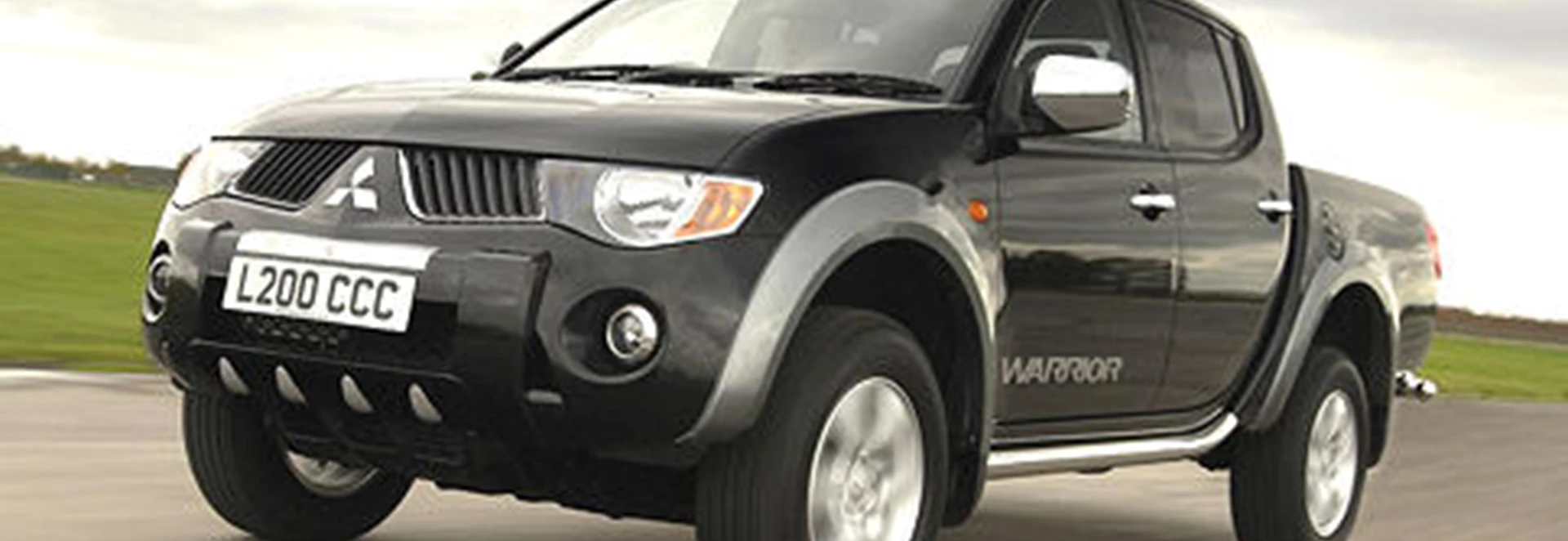
Our Rating
